suggestions for new shrubs to fill in holes
coeng
12 years ago
Related Stories

GARDENING GUIDES8 Native Shrubs for Year-Round Bird Feeding
It’s not just about berries. These plants provide insects for birds and seasonal interest for gardeners
Full Story
GARDENING GUIDESHow to Prune Your Flowering Shrubs for the Best Blooms
Less is often more when it comes to properly pruning flowering shrubs. Here’s what to do and why
Full Story
FALL GARDENING9 Deer-Resistant Flowering Shrubs to Plant This Fall
These exquisite shrubs will attract your attention but won’t tempt the deer that roam your neighborhood at night
Full Story
GARDENING GUIDES10 Drought-Tolerant Shrubs That Thrive in Full Sun and Reflected Heat
Got a hot spot in your garden where plants often die? Try these tough shrubs that add beauty while shrugging off the heat
Full Story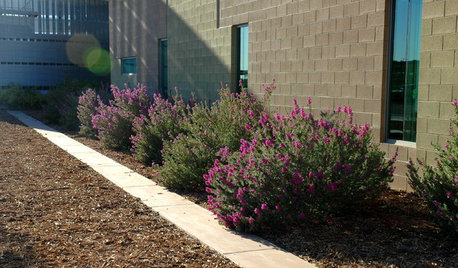
GARDENING GUIDESHow to Avoid Overcrowded, Overpruned Shrubs
Go for a more natural look that’s easier and less expensive to maintain by giving your plants the right amount of growing room
Full Story
GARDENING GUIDES10 Cold- and Heat-Tolerant Perennials and Shrubs for the Arid West
These flowering native plants shrug off the cold of winter and heat of summer while adding beauty to the drought-tolerant landscape
Full Story
HOUSEKEEPINGQuick Fix: How to Patch a Drywall Hole
Dents and dings disappear, leaving your walls looking brand new, with this fix that even a novice can do
Full Story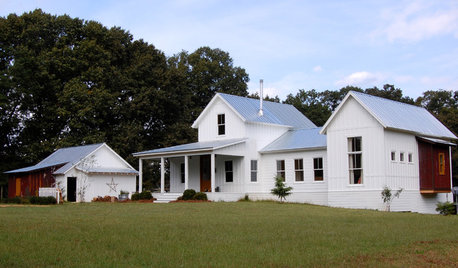
COLORFUL HOMESMy Houzz: Colorful and Clever DIY Touches Fill an Alabama Farmhouse
Antiques, repurposed items and a whole lotta hard work give a family home cheery, personable style
Full Story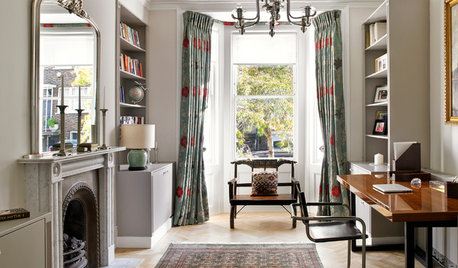
TRADITIONAL HOMESHouzz Tour: Basement Now a Light-Filled Family Living Space
Merging a house and a basement flat into one townhouse creates a spacious family home in London
Full Story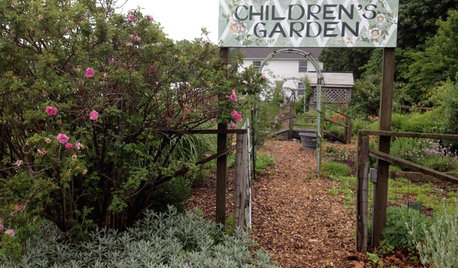
GARDENING GUIDESField Trip: Gather Ideas on a DIY Garden Tour
Get inspired by one gardener's local tour, then check out her suggestions for unofficial tours of your own
Full Story






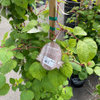
ken_adrian Adrian MI cold Z5
cearbhaill (zone 6b Eastern Kentucky)
Related Professionals
Arlington Landscape Architects & Landscape Designers · Clayton Landscape Contractors · Cudahy Landscape Contractors · Hoover Landscape Contractors · Rockville Landscape Contractors · Cincinnati Window Contractors · Tucson Window Contractors · Brookfield Window Contractors · Lake Forest Park Window Contractors · Poinciana Window Contractors · Pontiac Driveway Installation & Maintenance · Cincinnati Decks, Patios & Outdoor Enclosures · Miami Decks, Patios & Outdoor Enclosures · Riverside Decks, Patios & Outdoor Enclosures · Westfield Decks, Patios & Outdoor EnclosuresMollyDog
prairiegirlz5
flora_uk
coengOriginal Author
cearbhaill (zone 6b Eastern Kentucky)
NHBabs z4b-5a NH
Tim
prairiegirlz5
coengOriginal Author
coengOriginal Author
coengOriginal Author
flora_uk
coengOriginal Author
freki
rosiew